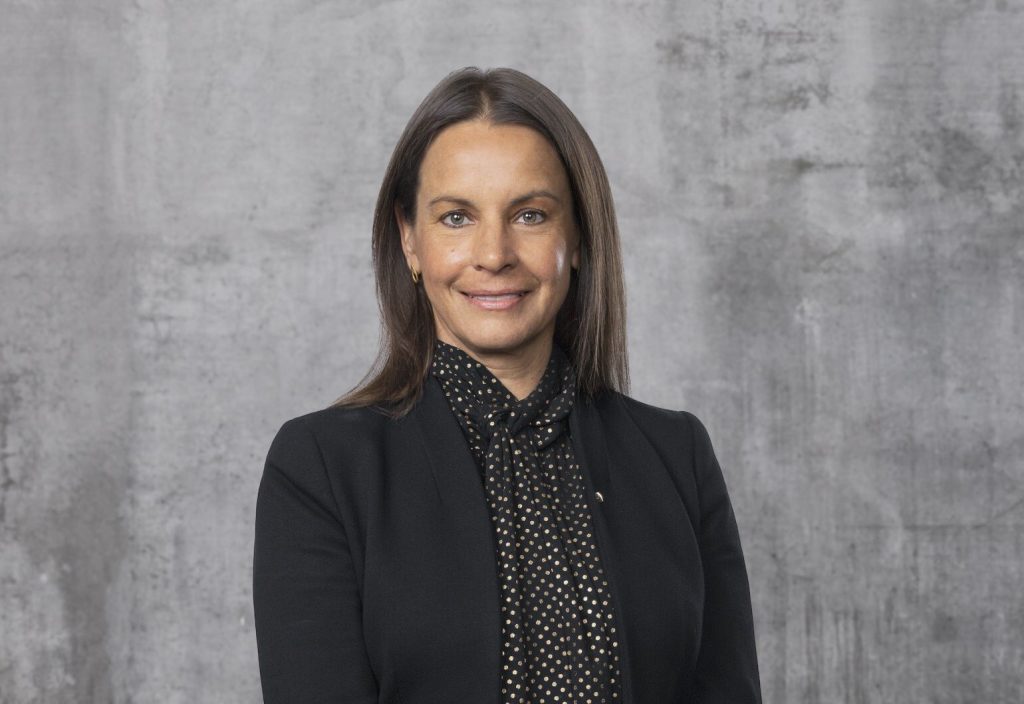Australia has a shortage of professional engineers, and we must confront the problem now before it gets worse.
Australia does not have a strong pipeline delivering future engineers through our education system, and holistic reforms will be necessary to address the shortages threatening our future economic prosperity.
Our national priorities — from infrastructure and sovereign supply chain resilience to manufacturing capability, the defence strategic review and the circular economy — all require engineers.
The good news, however, is that key sectors in the STEM landscape are proactively planning their future workforce strategies.
Influential players such as the Clean Energy Council and the Electricity Efficiency Council have realised that we can’t simply wait and hope more engineers will appear. They are working together on a campaign to encourage more people to join the clean energy workforce.
The Australian Submarine Agency also sees the need for a comprehensive workforce strategy to ensure the nation has the skilled engineers required to support the nuclear submarine program created as part of the AUKUS agreement.
But while it is encouraging to see these sectors showing the way forward, it will take a holistic approach from government, industry, professional bodies and academia to deliver the reforms needed to avoid crisis.
Strengthening the pipeline
There are two main reasons we do not have a strong pipeline of engineers coming through our domestic higher education system.
One involves a lack of community awareness of the extremely wide range of possibilities associated with engineering as a career. People are familiar with the word “engineering”, but they don’t really know what engineers do.
The other concerns students — particularly girls — not pursuing STEM subjects, especially maths. By addressing such issues as the proportion of out-of-field teachers, enhancing the curriculum, improving working conditions, optimising funding allocation, removing STEM gender biases in schools and elevating the teaching profession, we can create a transformative educational system.
Only through comprehensive reform can we ensure that all students receive the high-quality education they deserve, equipping them with the skills and knowledge to succeed while ensuring Australia can be globally competitive. A thriving education system is a critical enabler for a thriving workforce.
The Organisation for Economic Co-operation and Development (OECD) tests 15-year-olds around the world every few years. In 2003, Australia ranked 10th in maths; in 2018 we ranked 30th — below the OECD average for the first time.
A 2022 report from the Australian Academy of Technological Science and Engineering, Our STEM skilled future — An education roadmap for an innovative workforce, which drew on Engineers Australia research, highlighted the importance of improving maths education — as well as STEM education overall — to ensure we have a capable engineering workforce in the future.
Focus on the future
Any organisation that is future focused should be engaged in schools in an active and purposeful way.
STEM education starts in early childhood, when girls and boys first begin to form views on what they like and find their curiosity forged or stymied. It takes decades to bring a student from an early childhood interest in STEM to graduation in an engineering field.
For an engineer to acquire the experience to become capable of independent practice takes almost another decade — and that is the scale on which we must be thinking.
All parts of the education system should be working together to deliver the outcome: from high schools delivering maths-capable graduates who are ready and inspired to study engineering to universities that provide a supportive, nurturing and inspiring engineering education.
We know that we have to create more supportive and inclusive learning environments for engineering students, and we also know that we have to link engineering education better into industry — we lose a lot of engineering graduates, while they’re still students, to non-engineering roles. In normal conditions, that is not a bad thing, but in the context of an engineering skills shortage, we hope to retain more engineers in engineering roles for longer.
We also need to address some of the challenges in engineering education, so that we don’t lose students who begin studying but leave before they have graduated with an engineering qualification.
So we know we need to do a better job of understanding why completion rates are low and focus on providing internships to try and keep these students in engineering study as well as the workforce for longer.
Starting conversations
We also need to lift the broader community’s understanding of engineering and help get people excited about engineering as a career option for more young Australians.
The single most important thing all engineers can do is have conversations about engineering with non-engineers. By all means, have a conversation about engineering with young people, but we also need to influence their carers and parents and teachers and careers advisors.
If we all lift the collective understanding of the community about engineering and, very importantly, its value, and how exciting and fulfilling and rewarding it is, that is the single most important thing that we can all do to strengthen the future engineering pipeline.
There are more than 400,000 qualified engineers in Australia. If we all had one conversation a week with a non-engineer about engineering, the community’s awareness of engineering would increase significantly — and that’s what the profession needs.
Engineering education: Can a crisis be averted?
Join us as we delve into the pressing issue of the shortage of professional engineers in Australia and explore strategies to avoid a potential crisis.
Date: Wednesday 30 August
Time: 8:00am-6:30pm AEST
Location: Engineers Australia Auditorium, 44 Market Street, Sydney and online
